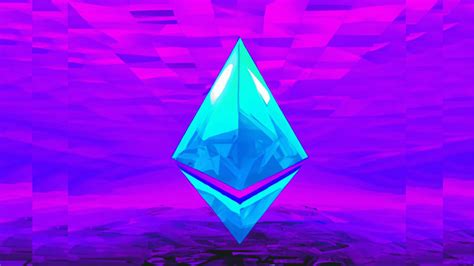BLOG
ブログ
BLOG
Ethereum: How do I generate coins on testnet? CPU, GPU, FPGA? Are there pools?
Mastering Ethereum Testnet Mining: A Comprehensive Guide
As an aspiring Ethereum developer, it is crucial to understand how to generate coins and mine them on the testnet. In this article, we will look at the options available for testing Ethereum, including CPU, GPU, FPGA, pools, and more.
CPU Mining:
CPU (Central Processing Unit) mining is the most popular method for generating coins on the Ethereum testnet. However, it is important to note that CPU mining has limitations for the following reasons:
- Speed: CPUs can only process a limited number of transactions per second.
- Energy Consumption: Performing complex calculations in parallel requires high-performance CPUs that consume a lot of energy.
To start CPU mining on the testnet, you will need:
- A computer or laptop with a recent processor (Intel Core i5 or AMD Ryzen 5).
- An Ethereum wallet (e.g. MetaMask) and sufficient funds for the testnet.
- The forked Ethereum testnet software:
(version 0.15.1).
Note that CPU mining is not recommended due to energy consumption.
GPU mining:
GPUs (Graphics Processing Units) are designed for parallel processing and can perform multiple calculations simultaneously, making them well suited for Ethereum testnet mining. Here is a basic setup:
- A computer or GPU with a recent model (e.g. NVIDIA GeForce GTX 1080 Ti).
- An Ethereum wallet and sufficient funds for the testnet.
- The forked Ethereum testnet software: (version 0.15.1).
To get started, you can use popular GPU mining pools like:
- Ethpool: Offers a free testnet pool with various difficulty levels and reward structures.
- Ethereum Mining Pool: Offers a user-friendly interface to manage multiple miners.
FPGA Mining:
Field-Programmable Gate Arrays (FPGAs) are custom-built digital signal processors that can be programmed to perform specific tasks. Due to their performance and energy efficiency, they are becoming increasingly popular in the crypto mining space. Here is a basic configuration:
- An FPGA board or module with a compatible interface.
- An Ethereum wallet and sufficient funds for the testnet.
- The Ethereum testnet forked software: ` (version 0.15.1).
Some popular FPGA mining boards are:
- Aquaso: Offers a range of FPGA-based boards with different difficulty levels.
- Bitmain Antminer F2: A powerful FPGA board optimized for Ethereum mining.
Pools:
Yes, there are several pools on the Ethereum testnet. Pools are collections of miners who work together to validate new blocks and earn rewards. Some popular Ethereum pools are:
- Ethpool: Offers a free testnet pool with different difficulty levels and reward structures.
- Ethereum Mining Pool: Offers a user-friendly interface to manage multiple miners.
Testing:
Before you start the actual mining, it is essential to understand how the testnet works. Here are some key concepts:
- Difficulty:

The testnet has three difficulty levels: Easy, Medium, and Hard.
- Block Reward: New blocks are created every 14 minutes, with a reward of 1 ETH for each block mined.
To get started, you can use online resources like these:
- Ethereum Testnet Guide: A comprehensive guide to the testnet, including tutorials, documentation, and FAQs.
- Ethereum Mining Forum: A community-based forum where you can ask questions and share knowledge.
Conclusion:
To master Ethereum testnet mining, you need to be familiar with CPU, GPU, FPGA, and pool options. While CPU mining may not be the most efficient method due to energy consumption, GPUs and FPGAs are well suited for parallel processing tasks.
